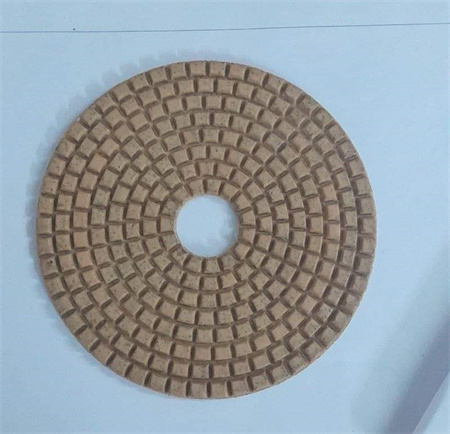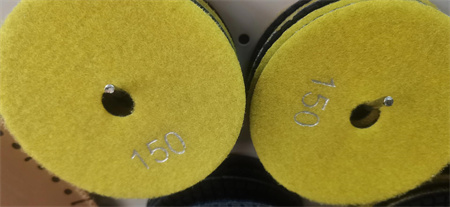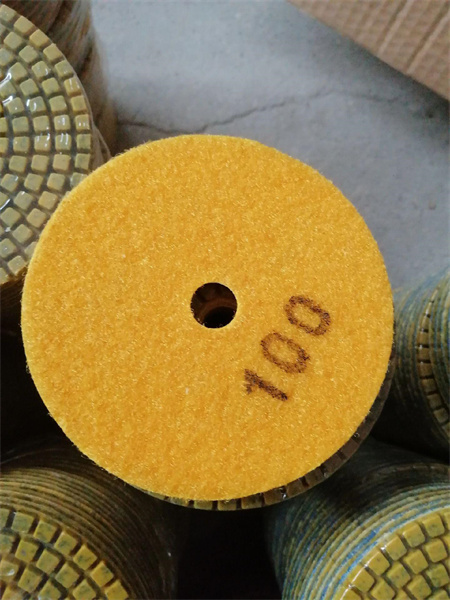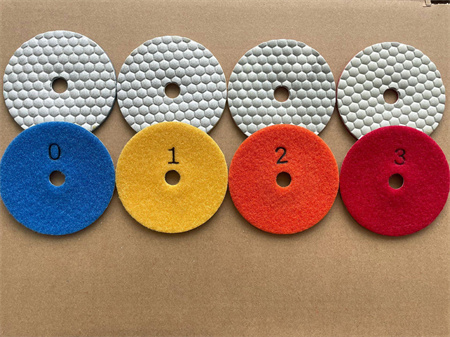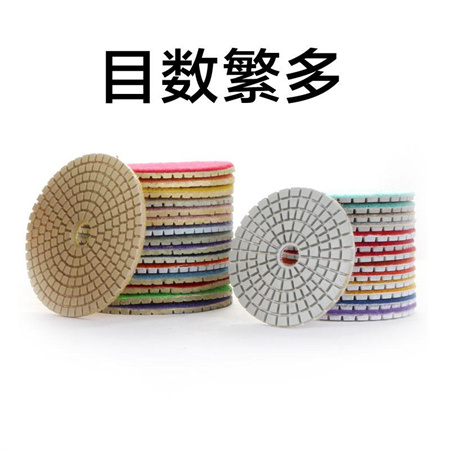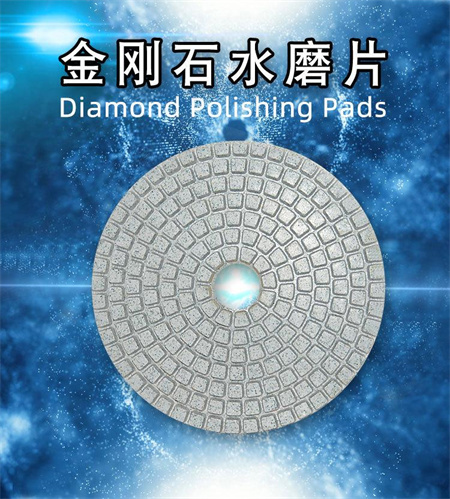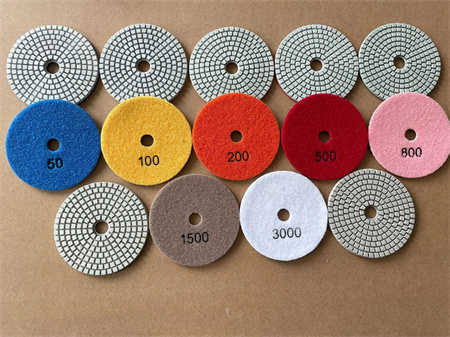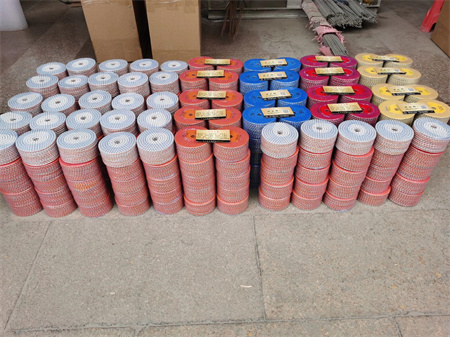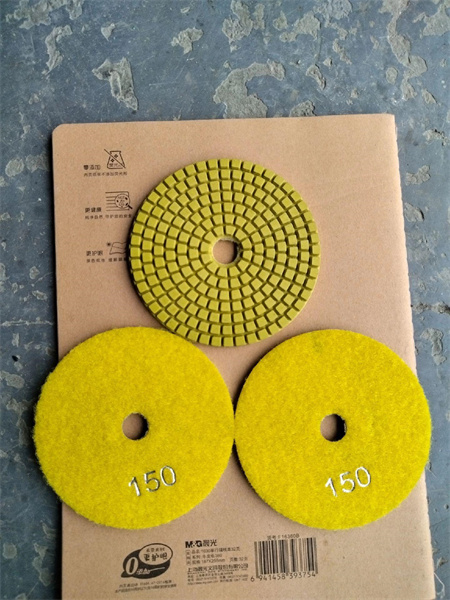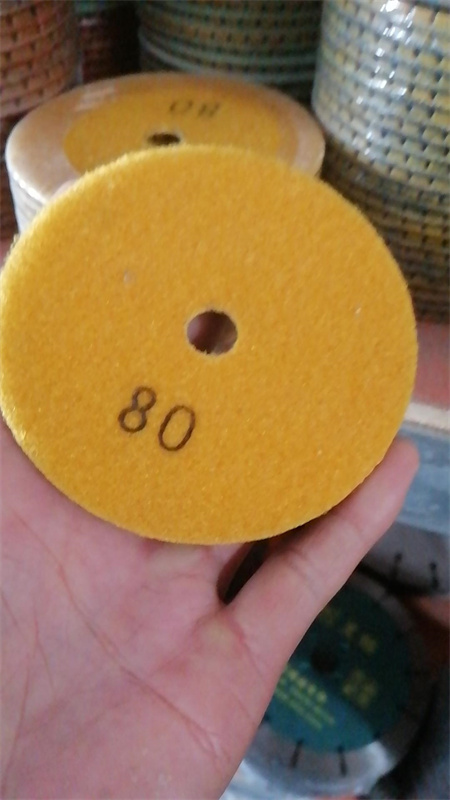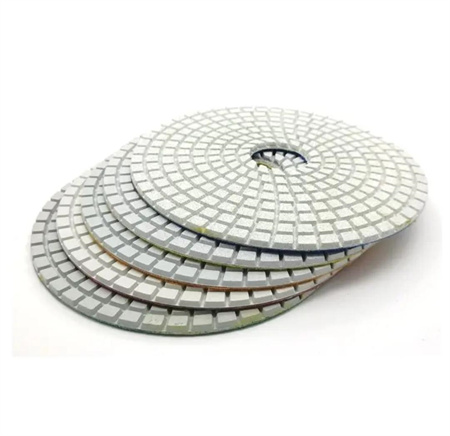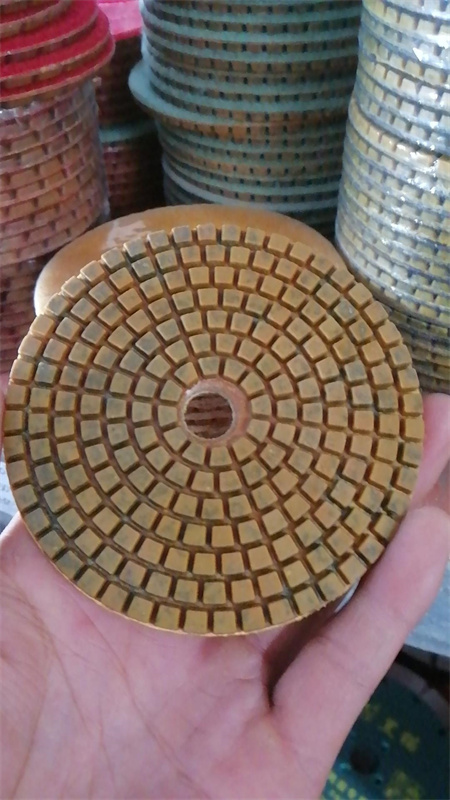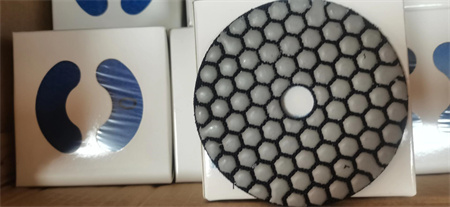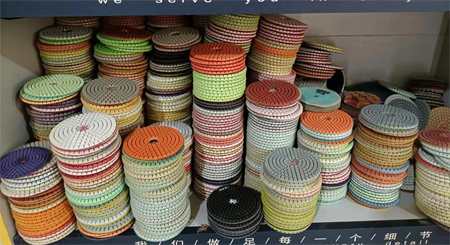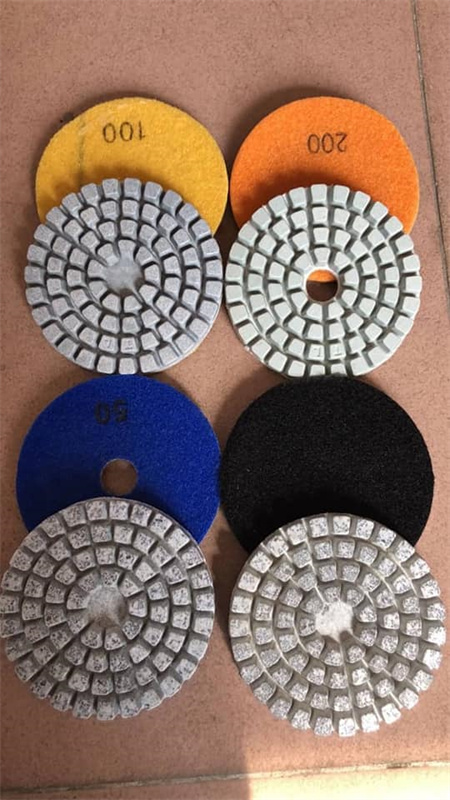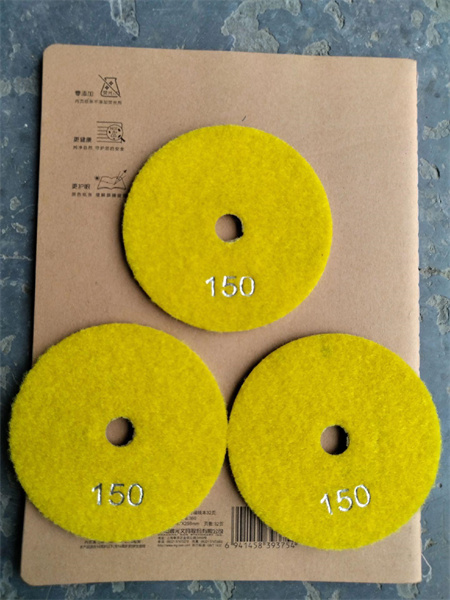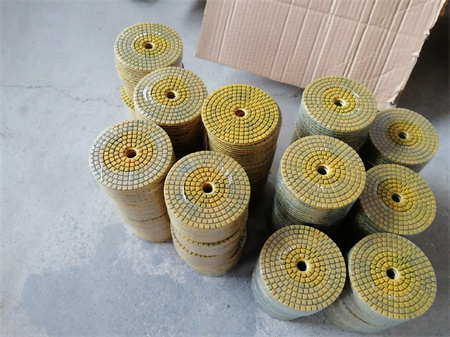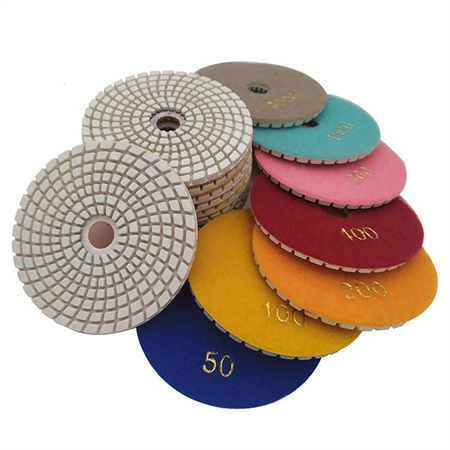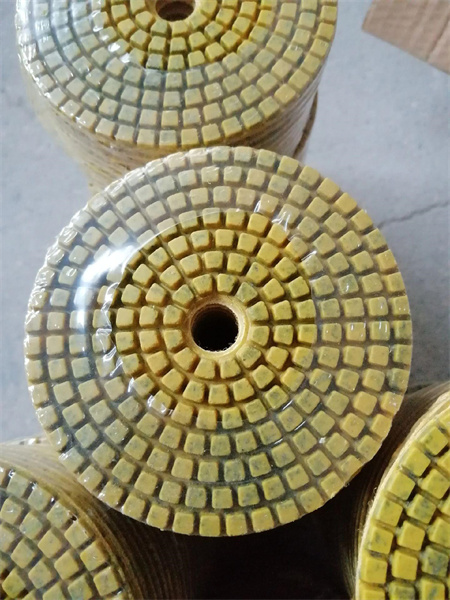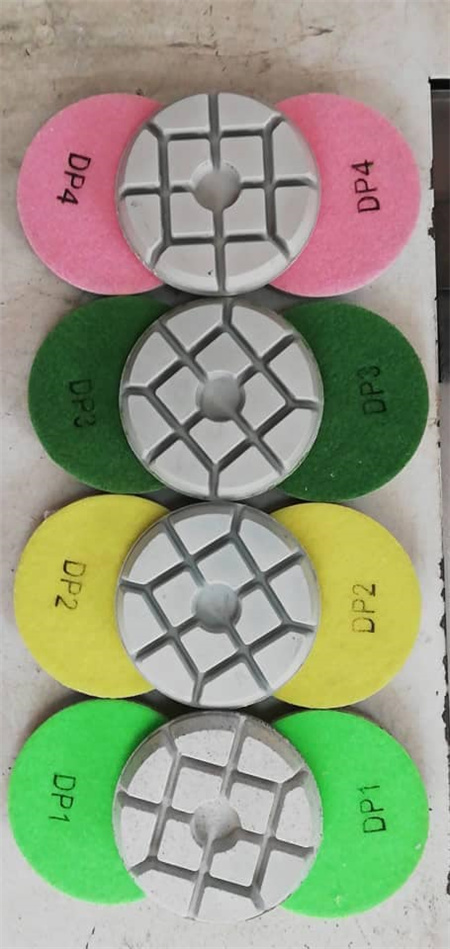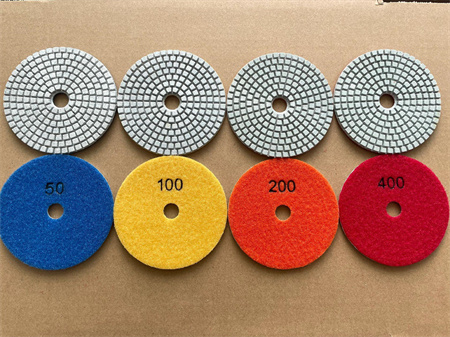Diamond Polishing Pads for Tile and Ceramic Importers
As the demand for high-quality tile and ceramic products continues to rise, the importance of achieving a flawless finish becomes more critical. For tile and ceramic importers, investing in the right tools to ensure a smooth, polished surface is essential. One such tool that has gained prominence in the industry is diamond polishing pads. These pads are a game-changer when it comes to the final touch on your products, offering unmatched precision and durability.
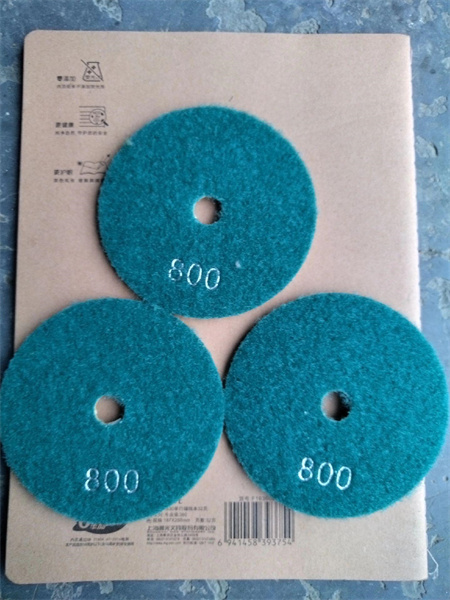
Diamond polishing pads are designed to work on a variety of materials, especially hard surfaces like granite, marble, and ceramics. Their key advantage lies in the use of diamonds, the hardest known material, which provides superior cutting power. This makes diamond pads not only incredibly efficient but also long-lasting, reducing the need for frequent replacements. For importers who rely on smooth, attractive finishes to enhance the appeal of their products, diamond polishing pads are a worthwhile investment.
The versatility of diamond polishing pads is another reason they are a go-to solution for tile and ceramic professionals. Whether you’re working on a single tile or handling large batches of ceramic materials, these pads can be used across a wide range of applications, from polishing edges to restoring surfaces. Their adaptability makes them perfect for both small-scale operations and large manufacturers.
For importers, selecting the right set of diamond polishing pads can be the difference between a product that dazzles and one that fails to meet the market’s expectations. Different grits of diamond pads allow for customized results, ensuring that whether you’re looking for a high-gloss finish or a more matte texture, there’s a pad to meet your needs. By carefully choosing the right grit, importers can cater to the diverse preferences of their customers, offering a more tailored service that can set them apart from competitors.
In addition to the quality finish, diamond polishing pads are also known for their efficiency. They can polish large surfaces faster than traditional methods, saving both time and labor costs. With the right technique, these pads ensure uniformity and consistency, delivering high-quality results with minimal effort.
The durability and performance of diamond polishing pads are a crucial selling point for tile and ceramic importers looking to enhance their offerings. Not only do they contribute to the overall quality of the product, but they also help improve the production process by reducing downtime and waste. In a competitive market, investing in top-tier polishing tools can help importers maintain an edge in the industry, ensuring they continue to meet the ever-growing demand for premium tile and ceramic products.
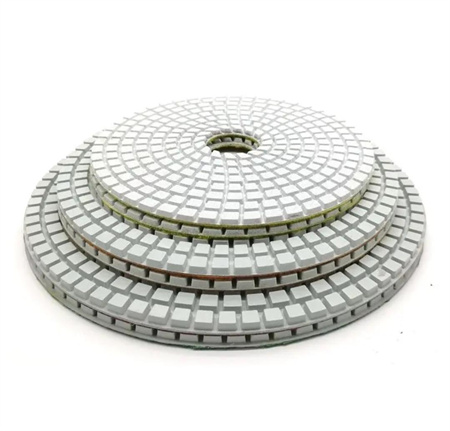
In conclusion, diamond polishing pads are an essential tool for tile and ceramic importers seeking to provide a high-quality finish to their products. With their durability, efficiency, and versatility, these pads are a must-have for anyone looking to enhance their product offerings and stay ahead in the competitive market.

